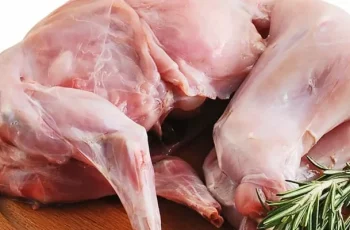Efficient Wood Chopping Techniques
Chopping wood is essential for heating, cooking, or outdoor fires. To optimize the process, choosing the right wood, tools, and techniques can save time and energy, making the task more efficient.

Selecting the Best Wood for Chopping
Hardwoods like oak, maple, and hickory provide long-lasting fuel but are harder to split. Softwoods, such as pine and cedar, burn faster but are easier to chop. Well-seasoned wood (dried for at least six months) is ideal for splitting and burning as it produces less smoke and residue.
Choosing the Right Tools
The tools used play a significant role in how efficiently wood can be chopped. Three essential tools are:
- Splitting mauls: Heavier than axes, these tools are great for splitting logs along the grain.
- Axes: Used for precision cutting of smaller logs and kindling.
- Wedges and sledgehammers: These help split dense logs requiring extra force.
Sharpening tools regularly ensures efficiency and safety.
Creating a Safe and Efficient Work Area
A flat, stable surface prevents accidents. Using a sturdy chopping block (like a tree stump) helps absorb impact, making the process easier. Stacking logs nearby prevents unnecessary bending and lifting, improving efficiency.
Chopping Technique
Using the correct technique can reduce effort and make the process faster. The key steps are:
- Secure the log on the chopping block.
- Position feet shoulder-width apart for stability.
- Swing with controlled motion, using the tool’s weight to generate force.
- Strike along existing cracks or the grain for easier splitting.
Breaking Down Large Logs
For large logs, start by creating a crack using a wedge and sledgehammer. Once a crack is made, use an axe or maul to split the log further. Cold temperatures also help dense logs split more easily.
Using Mechanical Wood Splitters
For large volumes of firewood, a mechanical wood splitter can save time and energy. Hydraulic, electric, or gas-powered splitters reduce the physical effort required, making them ideal for bulk firewood processing.
Proper Firewood Stacking and Storage
Proper stacking ensures wood stays dry and burns efficiently. Store wood off the ground and cover the top while leaving the sides open for ventilation. This setup helps the wood dry faster and makes it easy to retrieve when needed.
Minimizing Physical Strain
To reduce strain during wood chopping, stretch before and after, maintain good posture, and use the tool’s weight to reduce effort. Taking short breaks and wearing gloves and protective eyewear adds safety and reduces fatigue.
Best Seasons for Chopping Wood
Chop wood in late summer or early fall to allow it to dry before winter. Wood is also easier to split in freezing temperatures, but avoid wet seasons to ensure faster drying and better splitting.
Common Mistakes to Avoid
Common errors include:
- Using dull tools, which require more force.
- Chopping on uneven surfaces, leading to instability.
- Swinging too hard instead of using proper form.
- Splitting freshly cut or wet wood, which is harder to work with.
Environmental Impact
Sustainable practices, such as using responsibly sourced firewood and dry, seasoned wood, help reduce emissions and improve air quality. Using energy-efficient stoves and fireplaces also minimizes the environmental footprint.

Conclusion
Mastering wood chopping requires selecting the right wood, tools, and techniques. With proper preparation, maintenance, and understanding of the best practices, chopping wood can be a more efficient and less physically demanding task. Whether using manual tools or mechanical splitters, an informed approach ensures a steady supply of firewood with minimal effort and waste.



